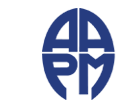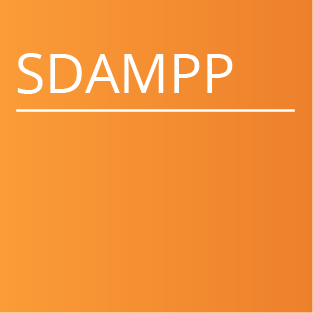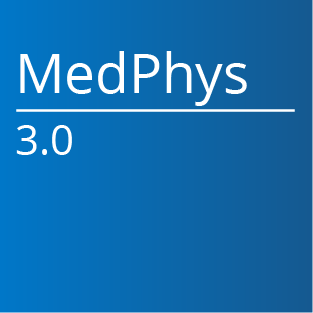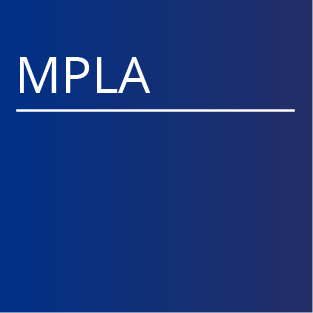Career Advice:
Seduce me with your sexy resumé
By: Alaina G. Levine
Your resumé markets you to potential employers and collaborators. It should articulate your unique value and problem-solving abilities so convincingly that the reader cannot help but invite you for an interview. Your resumé is your most important piece of promotional material, and yet most people bury their skills and value so deep inside that it requires an archaeologist to sift through it to discover why and how you would serve the inquiring organization. And the last thing you want to do is make potential employers toil to determine why they should hire you.
By itself, a resumé can’t get you the job, but if it is properly alluringly organized, it can draw readers into learning more about you, to finding out if your personality will match and enhance their organization.
Unlike a curriculum vitae (CV), which thoroughly archives all your scholarly output, a resumé gives readers a “targeted taste” of what you can do. It spotlights your successes and packages your specific skills in a way that encourages the reader to want to learn more.
It is, in other words, very much like dating: You want to look your best when you are meeting potential mates at a mixer, catch someone’s attention, encourage him or her to engage you in conversation, and give a sense of your sparkling personality. In your job hunt—and more broadly in your career planning—your resumé should likewise seduce the reader to want to learn more about you.
Seduction by resumé is a lot easier than you might think. One key is to make your resumé simple and straightforward. Another is to customize your resumé to reflect each decision-maker’s top interests. In fact, your resumé should mirror the job announcement as much as possible. In that way, you will highlight certain skills, change the order of subsections, and add or subtract information to make yourself relevant for each opportunity.
There are many features of the resumé that aid in the wooing process. Please—seduce me with your . . .
. . . Handsome headline. First, ditch the objective. I don’t care that you “seek a challenging work environment where you can utilize your critical thinking and analysis skills.” This is all about me, and how you can make my life easier. Wow me by specifying—right at the top of the resumé—your major areas of expertise. Doing so telegraphs to the reader what kind of job(s) you are seeking. For example, if you seek an opening in embedded systems and autonomic computing, put that right at the top under your name and contact information. If you excel in public speaking, technical writing, or fundraising, list that first. Dispense with the objective and you're left with a concrete headline that encapsulates your value and captures my attention.
. . . Strong skills. I need to know what makes you better than the competition and whether you have the skills to solve my problems. Don’t hide your skills in your experience section. Put a specific subheading above the fold on the first page of your resumé that delineates your relevant skills and abilities. Think in terms of:
- Technical skills: the skills of designing and conducting scientific experiments, data collection methodologies, data analysis and engineering problem-solving
- Business skills: such as those discussed in a previous column of mine
- Computing skills: including software packages, programming languages, platforms and even apps
- Linguistic skills: such as your ability to speak, read, and write in more than one language.
. . . Relevant experience. Under one subheading, describe your related jobs, projects, and even leadership experiences together with the accomplishments you achieved for each. Every bullet point should aim to clearly tell me, the decision-maker:
- what problems you were faced with,
- what solutions you have engineered, and
- the results of your solutions, quantified if at all possible.
Because the purpose of every job is to solve problems, it is vital for you to plainly articulate what problems you have solved and how you did so. For example, you might could write “Planned and executed a strategic marketing, media, and public relations program, resulting in a 150% increase in press coverage within the first year, and a 120% increase in customer (student) recruitment.”
Here, the problem is implicit in the solution: You needed to increase awareness of the department to build a bigger customer base. The solution is your design of the campaign. Quantifying your results not only shows objectively how outstanding they are, but also highlights your talents as a problem solver.
. . . Attractive Awards. When someone receives an honor, whether it is a fellowship, scholarship, grant, or award for a specific body of work, it is the community’s way of honoring the significance of your contribution. Awards tell me that others have recognized your talents and emphasizes that you are known for quality. Some people may hesitate to list their awards to avoid being seen as boastful. But do list your honors and awards, no matter how big or small. After all, there is nothing more desirable than a person who is desired by others—even physicists.
. . . Clean-cut layout. Your resumé should be eye-candy. It should have appropriate white space so that I can easily skim through and differentiate different sections. For jobs in the US, though, it should not include a picture of yourself, or any other logos or other imagery. Unlike a CV, your resumé should be compact and to-the-point. And, like your headline, your entire document should be customized for that particular job opening or collaboration opportunity.
. . . Delicious attention to detail. Did you misspell “physics”? Did you refer to your alma mater with two different names? Did you forget to write your phone number? These seemingly minor minutiae tell me that you don’t self-correct or have a rigorous dedication to detail, two attributes that organizations covet in potential hires. Don’t let your chances be lost simply because you didn’t edit your resumé.
Other sections on your resumé communicate your education, professional society affiliations, and summaries of your publication and speaking records (on a resumé you don’t have to list every publication or conference talk or poster, unless it is for an opportunity that either requests this data or is research-related). But the most important thing to remember when preparing your resumé is to use the space—roughly 2-3 pages, depending upon where you are in your career—wisely.
Seduce me with your resumé. I am intrigued. I want to learn more about you.
Alaina G. Levine is a science and engineering writer, career consultant, and professional speaker and comedian. Her new book on networking strategies for scientists and engineers will be published by Wiley in 2014. She can be reached through her website or on Twitter at @AlainaGLevine.



















